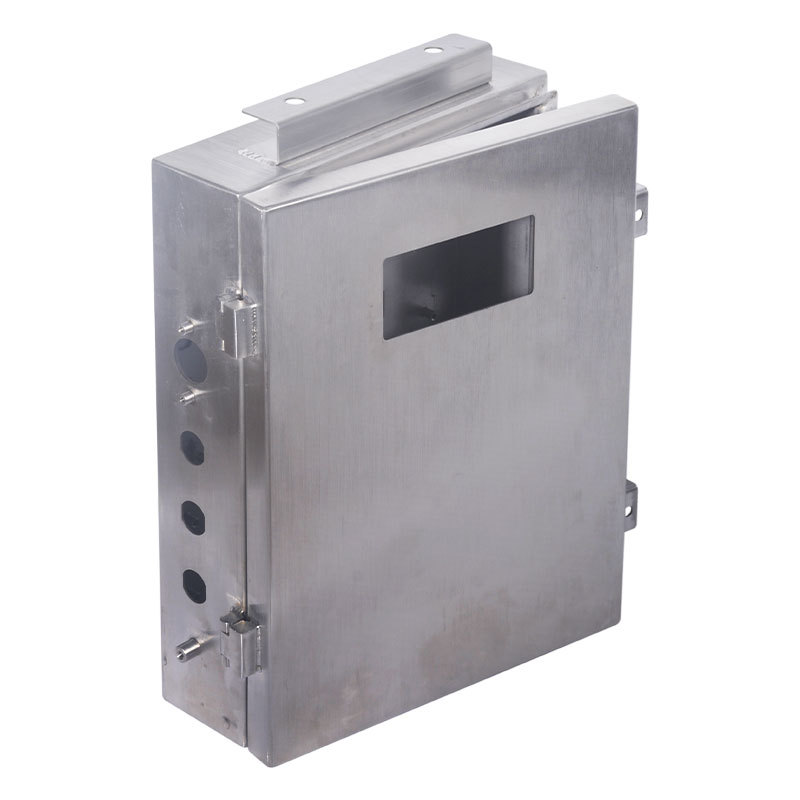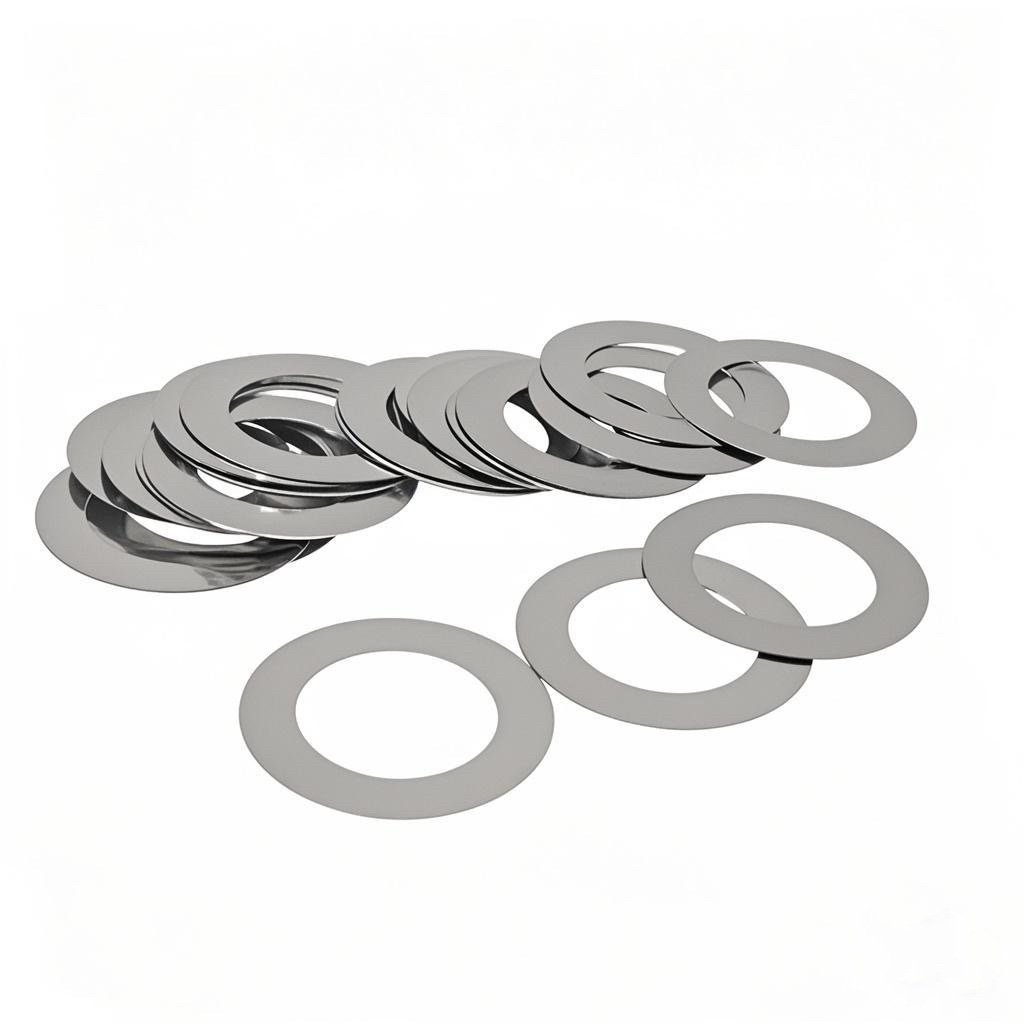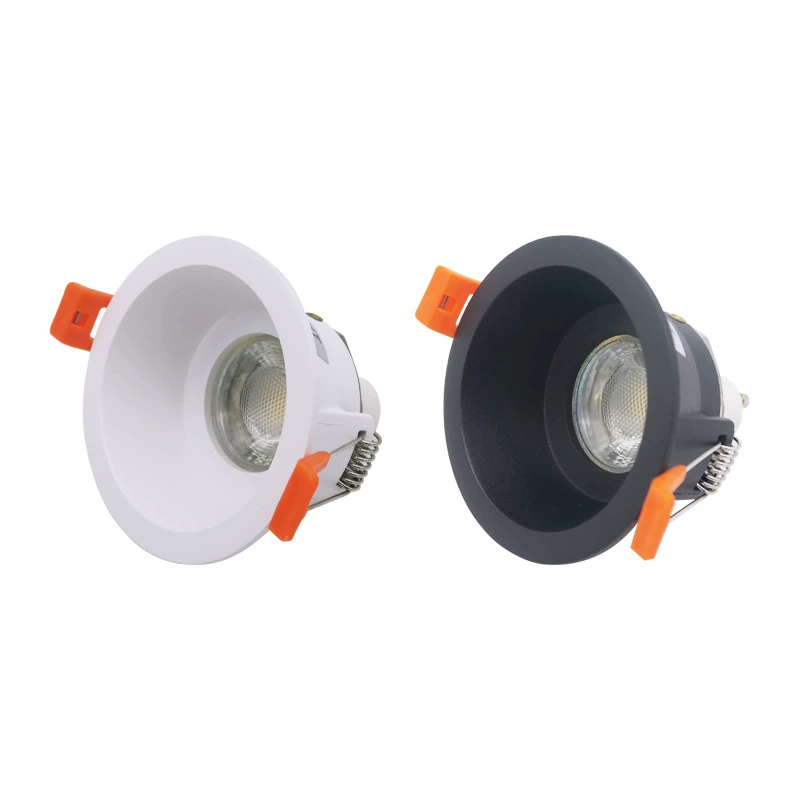Surface finish is crucial in manufacturing and engineering, as it directly impacts the performance, durability, and appearance of products.
Poor surface finish can lead to mechanical failures, increased wear, and higher friction. With a comprehensive understanding of surface finish and the use of a surface finish chart, professionals can ensure their products meet high standards of quality and functionality.
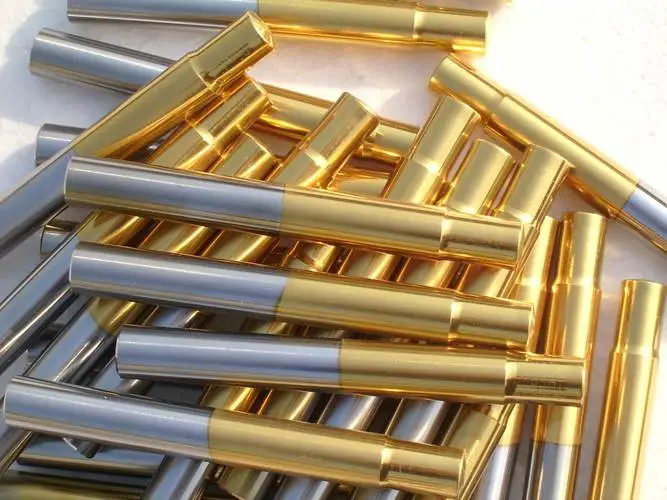
Surface finish, also known as surface texture or surface topography, refers to the nature of a surface as defined by three characteristics: lay, surface roughness, and waviness.
Surface finish includes various parameters like roughness (Ra), waviness, and lay, which help in determining the suitability of a surface for specific applications.
Surface finish affects the product’s durability, performance, and aesthetics, making it a critical factor in manufacturing.
Besides the chart, there are other aspects of surface finish we need to know. Now, Let’s delve deeper into the various aspects of surface finish and why it matters.

Why Does Surface Finish Matter?
Surface finish matters because it influences several critical aspects of a product’s performance and functionality. Here’s a closer look at why surface finish is so important:
Durability
A smoother surface finish can significantly enhance the durability of a product. Smoother surfaces reduce friction and wear, leading to a longer lifespan. In contrast, rough surfaces can accelerate wear and lead to premature failure of the part.
Performance
Surface finish affects how well parts fit together and interact with each other. For example, in precision engineering applications, such as aerospace or automotive industries, a high-quality surface finish ensures tight tolerances and optimal performance.
Aesthetics
In many applications, the appearance of a product is just as important as its performance. A high-quality surface finish can enhance the visual appeal of a product, making it more attractive to consumers.
Surface Integrity
Surface finish also influences the integrity of the surface, which can affect the product’s resistance to corrosion, fatigue, and other forms of degradation.

How To Measure Surface Roughness?
Surface roughness is measured using various tools and methods, including contact and non-contact techniques. The most common method is using a profilometer, which traces the surface and records the roughness profile.
Other methods include optical interferometry and atomic force microscopy. These tools measure the average roughness (Ra), which is the arithmetic average of the absolute values of the surface height deviations.
Contact Profilometers
Contact profilometers use a diamond-tipped stylus that physically touches the surface to measure its roughness. As the stylus moves across the surface, it records the height variations and generates a roughness profile.
Non-Contact Profilometers
Non-contact profilometers use optical methods, such as laser scanning or white light interferometry, to measure surface roughness without physically touching the surface. These methods are ideal for delicate or soft surfaces that could be damaged by a contact stylus.
Atomic Force Microscopy (AFM)
AFM is a high-resolution technique that uses a cantilever with a sharp tip to scan the surface at the nanoscale. AFM can measure not only roughness but also other surface properties such as hardness and adhesion.
Parameters for Measuring Roughness
Several parameters are used to quantify surface roughness, with Ra being the most common. Ra is the arithmetic average of the absolute values of the surface height deviations measured from the mean line. Other important parameters include:
• Rz (Average Maximum Height): The average of the maximum peak-to-valley height in each sampling length.
• Rt (Total Roughness): The total height of the roughness profile, measured from the highest peak to the lowest valley.
• Rq (Root Mean Square Roughness): The square root of the average of the squared deviations from the mean line.

Surface Roughness Conversion Chart
A surface roughness conversion chart helps in translating Ra values to other roughness parameters like Rz and Rt. This chart is essential for engineers and manufacturers to ensure that the surface finish meets the required specifications for a particular application.
Example Conversion Chart
| Process | Ra (µm) | Rz (µm) | Rt (µm) |
| Milling | 0.4 – 3.2 | 1.6 – 12.5 | 3.2 – 25.0 |
| Turning | 0.8 – 3.2 | 3.2 – 12.5 | 6.4 – 25.0 |
| Grinding | 0.1 – 2.0 | 0.4 – 8.0 | 0.8 – 16.0 |
| Polishing | 0.05 – 0.8 | 0.2 – 3.2 | 0.4 – 6.4 |
| Honing | 0.1 – 1.0 | 0.4 – 4.0 | 0.8 – 8.0 |
| Electropolishing | 0.02 – 0.1 | 0.08 – 0.4 | 0.16 – 0.8 |

What Are the Factors Affecting Surface Finish?
Several factors affect surface finish, including:
Tooling
The condition and type of tool used in the machining process significantly affect the surface finish. Sharp, high-quality tools produce smoother finishes. The tool’s geometry, material, and coating also play a role in determining the final surface texture.
Material Properties
The properties of the material being machined influence the surface finish. Harder materials tend to produce smoother finishes, while softer materials may lead to rougher surfaces due to the material’s tendency to deform or tear during machining.
Machine Condition
The accuracy and stability of the machine used in the manufacturing process are crucial for achieving the desired surface finish. Machine vibrations, wear, and misalignments can lead to irregularities in the surface texture. Regular maintenance and calibration of the machine are essential to maintain consistent surface quality.
Process Parameters
Machining parameters such as speed, feed rate, and depth of cut directly affect the surface finish. Higher speeds and lower feed rates generally produce smoother surfaces.
Environmental Conditions
High temperatures can cause thermal expansion and distortions, while humidity can lead to corrosion or changes in material properties. Controlling the environment in which the machining takes place is essential for achieving consistent surface quality.
Based on the above factors, we can also improve surface finishes accordingly.
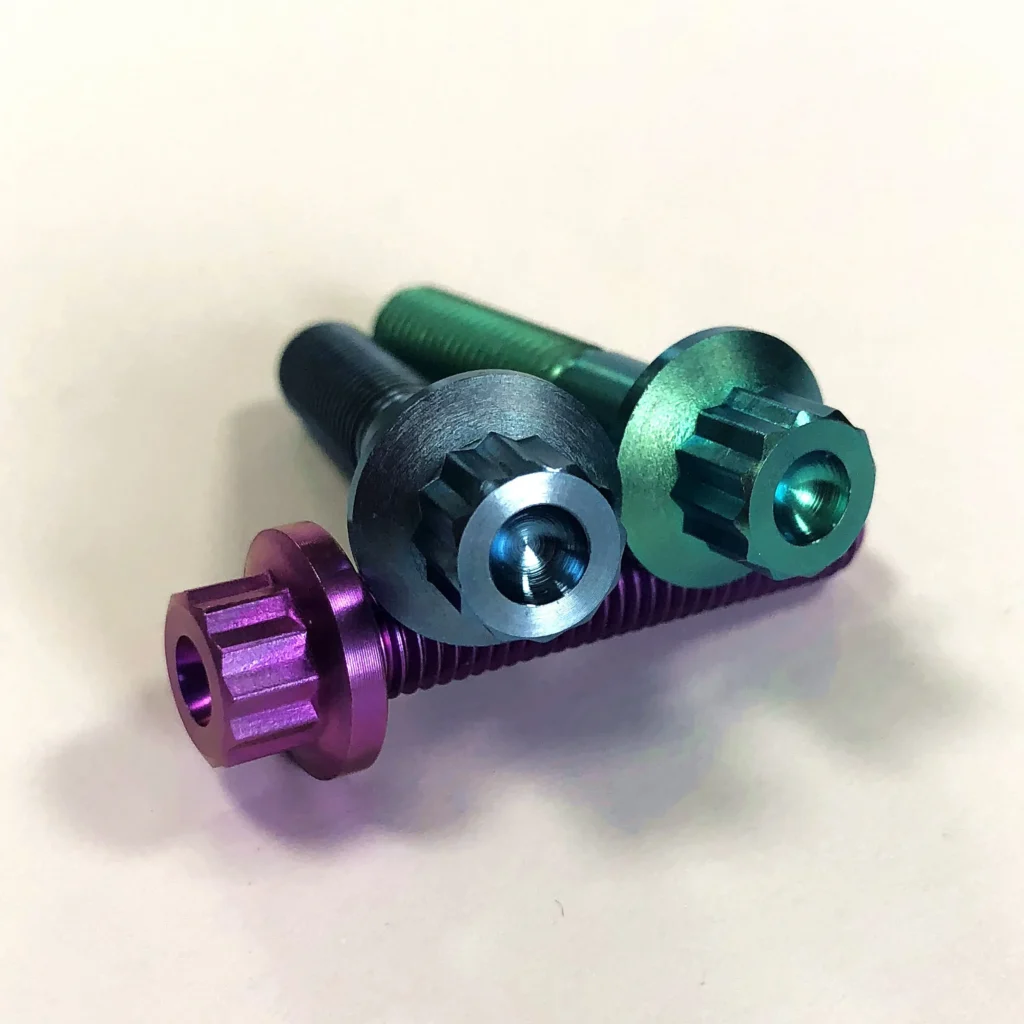
Summary:
By comprehensively understanding surface finish and employing best practices, manufacturing professionals can significantly enhance the quality and performance of their products.
Ensuring a high-quality surface finish is not just about aesthetics but also about the functionality and longevity of the product. Regularly reviewing and updating your knowledge on surface finish standards and techniques will keep you ahead in the competitive manufacturing industry.



